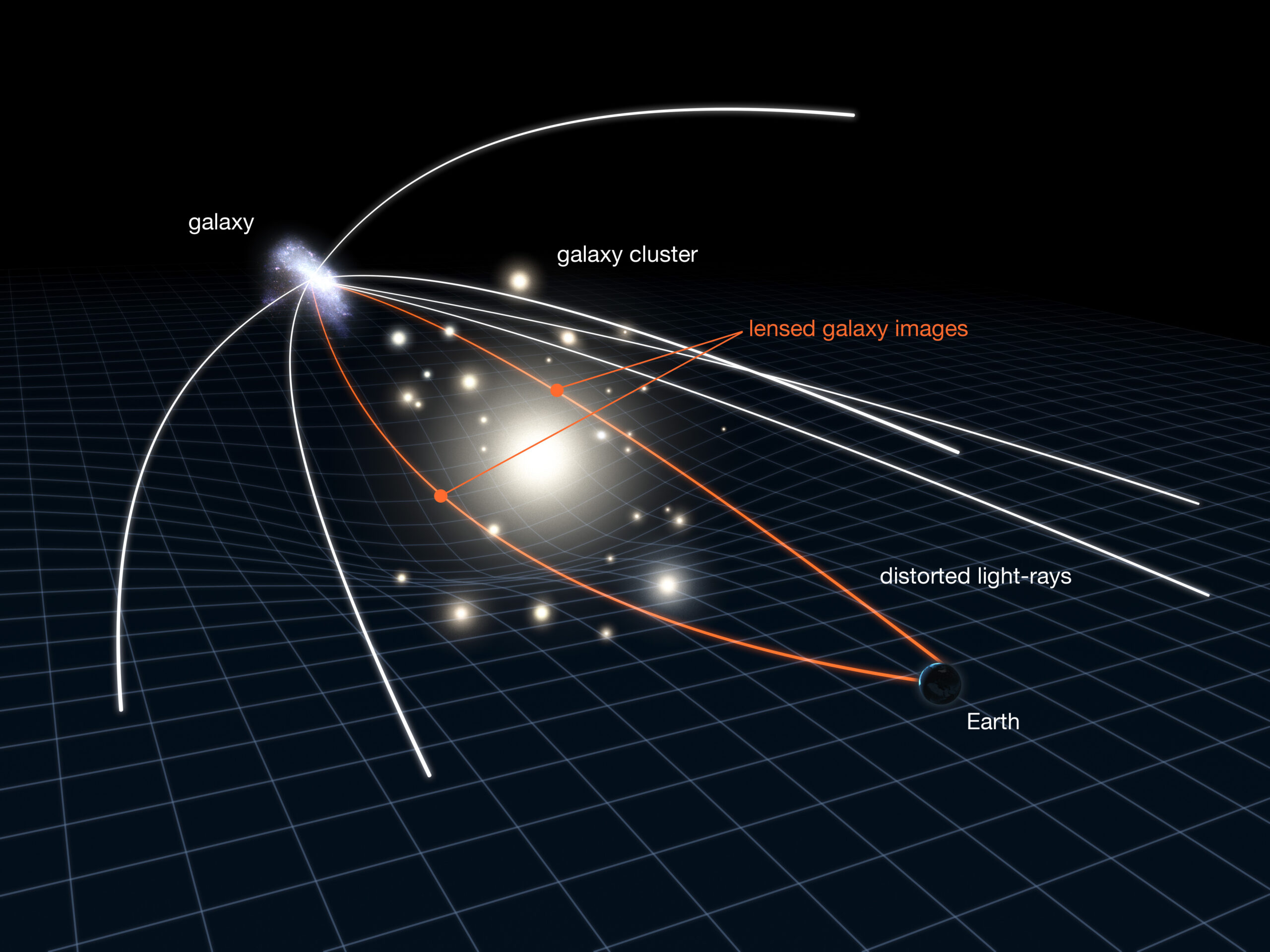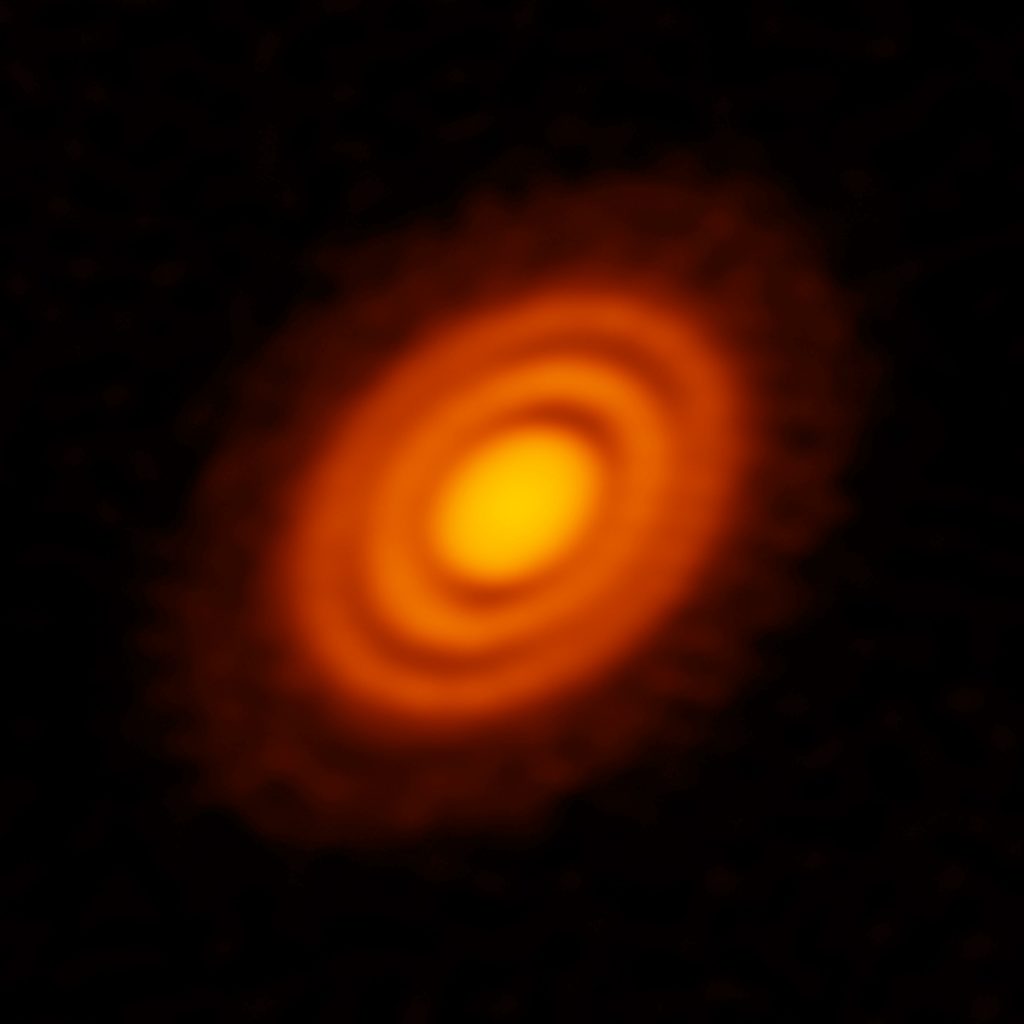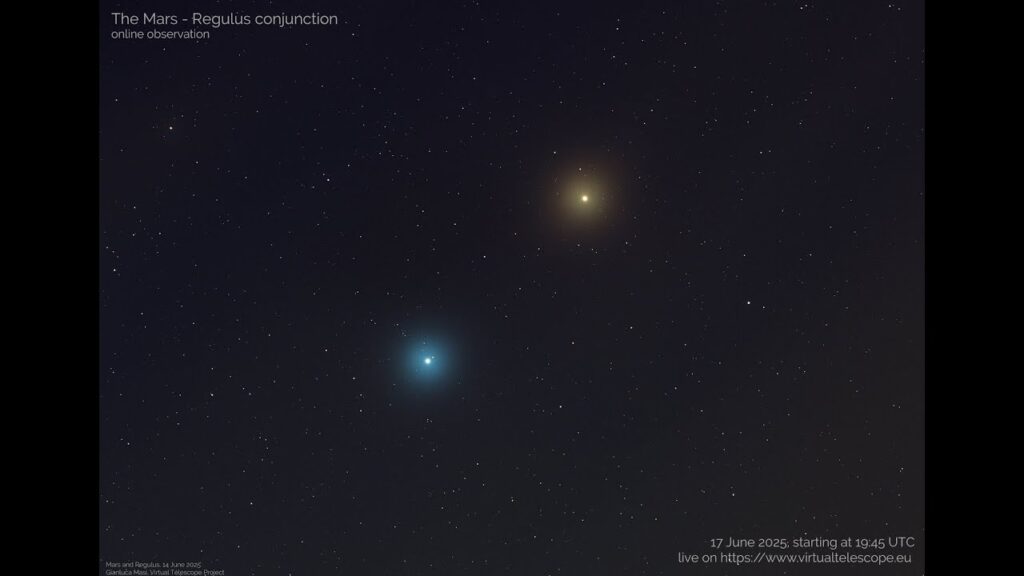When NASA’s Nancy Grace Roman Space Telescope begins science operations in 2027, it will use a space-bending effect first predicted by Einstein back in 1916 in an attempt to crack one of science’s greatest mysteries: the nature of dark matter.
The phenomenon in question is that of “gravitational lensing.” The great physicist’s magnum opus theory of gravity, general relativity, proposes that this occurs when objects of great mass warp the very fabric of space-time (the four-dimensional unification of space and time), and light from background sources is curved as it passes these “dents” in the cosmos.
A new study suggests that the images created by Roman as it performs its huge cosmic surveys could contain around 160,000 gravitational lenses. The research team estimates that around 500 of these could be ideal for investigating dark matter, the universe’s most mysterious “stuff.”
“Ultimately, the question we’re trying to address is: What particle or particles constitute dark matter?” research team principal investigator Tansu Daylan, a faculty fellow at the McDonnell Center for the Space Sciences at Washington University in St. Louis, said in a statement.
“While some properties of dark matter are known, we essentially have no idea what makes up dark matter,” Daylan added. “Roman will help us to distinguish how dark matter is distributed on small scales and, hence, its particle nature.”
Dark matter and warped space
Dark matter represents such a big puzzle for scientists because, despite the fact it makes up around 85% of the matter in the universe, they have little idea what it actually is. The crux of the problem is the fact that dark matter doesn’t interact with light (more formally, electromagnetic radiation).
This not only means dark matter is effectively invisible, but also that it can’t be composed of particles like electrons, protons, and neutrons that make up the atoms that compose everyday matter like stars, planets, moons, and the cat next door. Those do interact with light; that’s why you can see said cat defiling your herb garden again. (Why always my basil, Tatty? WHY?)
The lack of interaction with electromagnetic radiation, one of the universe’s four fundamental forces, has led scientists to search beyond the standard model of particle physics to hunt for new particles that could account for dark matter.
You might be wondering how dark matter can curve light if it doesn’t interact with light. The answer is that it uses a middle man, another of the universe’s four fundamental forces: gravity. General relativity states that all bodies with mass curve space-time to some extent. Light is then forced to follow this curve. Thus, dark matter can play a role in gravitational lensing.
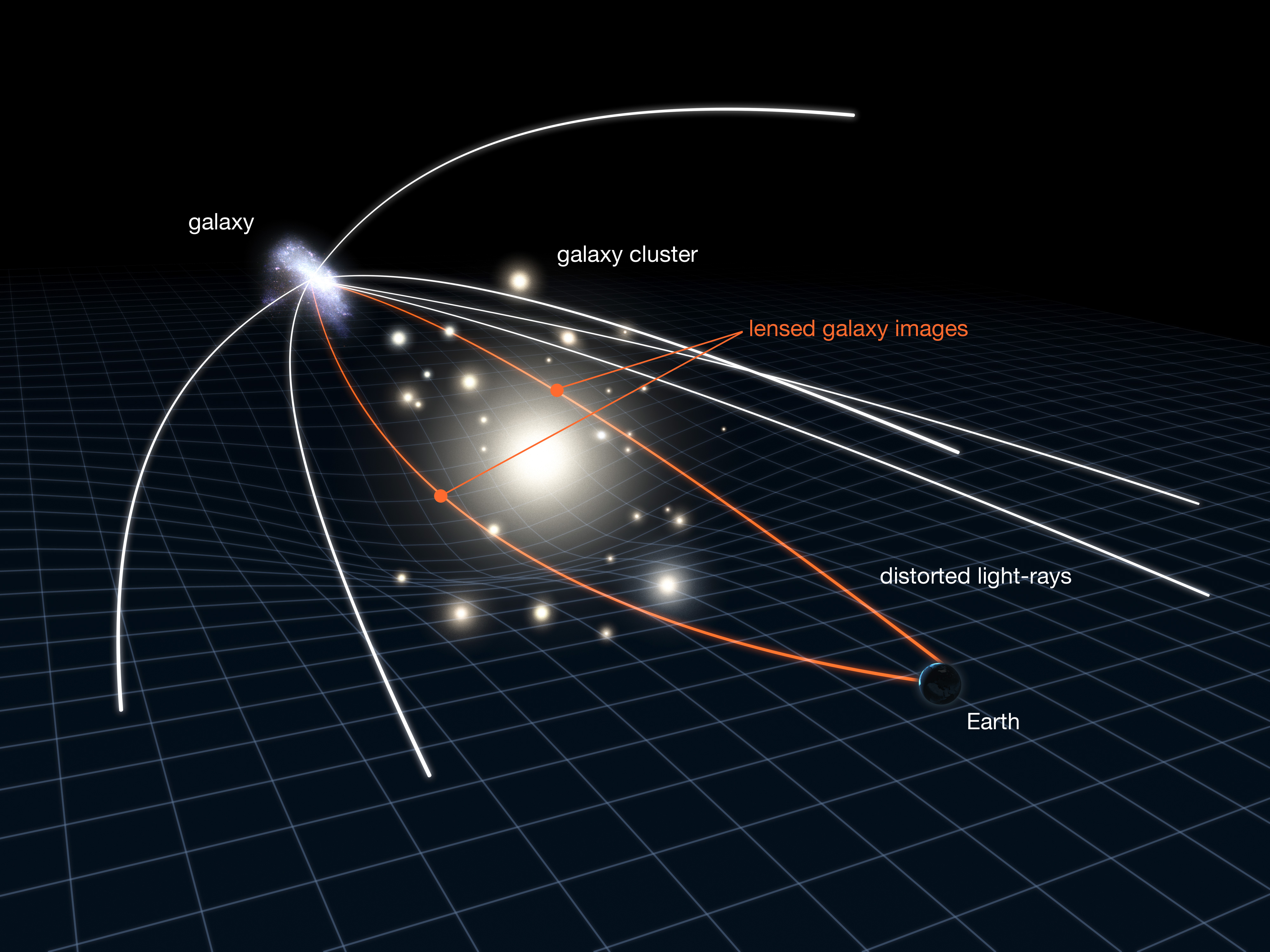
Gravitational lensing happens when light from a background source passes an object of great mass, like a galaxy. This light is curved, but how extreme this curvature is depends on how close to that body of mass the light passes.
That means that light from the same source can take paths of different lengths around a gravitational lens, thus arriving at the same telescope at different times.
There are a few possible results of this lensing effect. The background source could be greatly magnified, an effect that NASA’s James Webb Space Telescope (JWST) is using to spot early galaxies, or can even appear at multiple places in the same image, often forming stunning arrangements like Einstein rings and crosses.
But the gravitational lensing effect can also reveal details about the lens itself. If that lens is a galaxy, it can show the distribution of that galaxy’s “invisible” dark matter.
“This effect produces multiple images of the background galaxy that are magnified and distorted differently,” Daylan said.
These “duplicate images” allow scientists to make multiple measurements of how the lensing galaxy’s mass is distributed, resulting in a far more precise measurement.
The new Roman Empire
Each image Roman that generates will be around 200 times larger than those produced by the Hubble Space Telescope, and that is how this exciting new space telescope will deliver a wealth of new gravitational lenses.
But there is more to Roman’s gravitational lens hunting than quantity; the new study shows that it will be about the quality of these new Roman-delivered lenses, too.
“Roman will not only significantly increase our sample size [of gravitational lenses] — its sharp, high-resolution images will also allow us to discover gravitational lenses that appear smaller on the sky,” said Daylan. “Ultimately, both the alignment and the brightness of the background galaxies need to meet a certain threshold so we can characterize the dark matter within the foreground galaxies.”
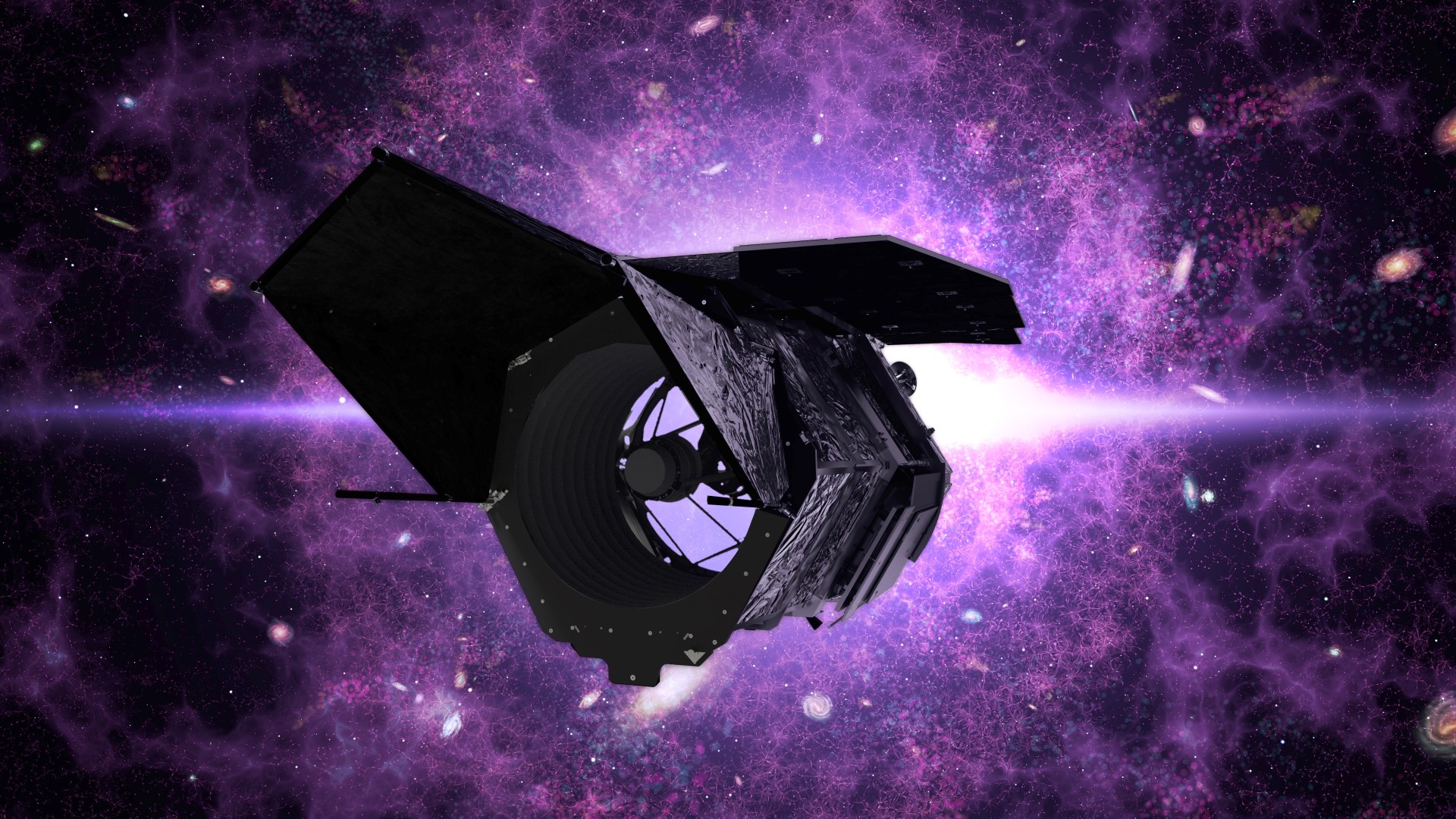
Roman’s Wide Field Instrument, A 300-megapixel camera, will allow researchers to gauge the bending of the background galaxies’ light with such precision that it is akin to measuring the diameter of a human hair from the distance of more than two and a half American football fields or soccer pitches.
Because smaller clumps of dark matter cause less extreme warping, this sensitivity will allow researchers to detect and characterize smaller, less massive dark matter structures. Roman could therefore help spot the sort of dark matter “clumps” that scientists propose came together in the early universe to build galaxies.
“Finding gravitational lenses and being able to detect clumps of dark matter in them is a game of tiny odds. With Roman, we can cast a wide net and expect to get lucky often,” study team leader Bryce Wedig, also of Washington University in St. Louis, said in the same statement. “With Roman, we can cast a wide net and expect to get lucky often. We won’t see dark matter in the images — it’s invisible — but we can measure its effects.”
Related Stories:
“We will push the limits of what we can observe, and use every gravitational lens we detect with Roman to pin down the particle nature of dark matter,” Daylan concluded.
The team’s research was published on June 5 in The Astrophysical Journal.
